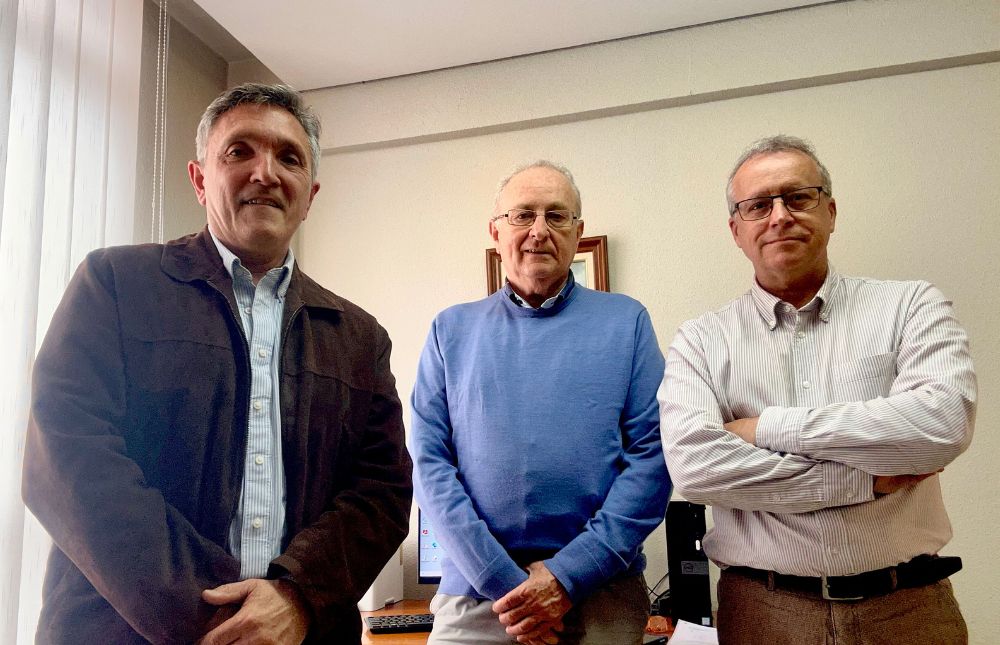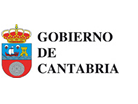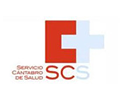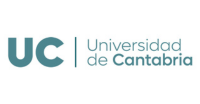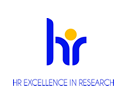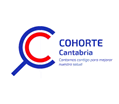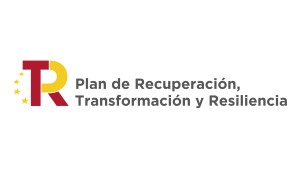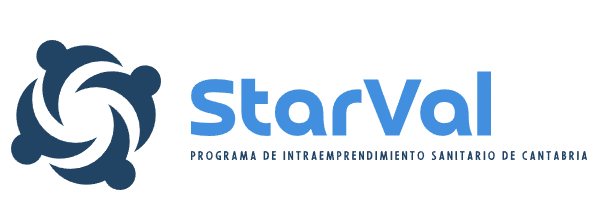A team from the Immunopathology Group at IDIVAL, the University of Cantabria, and the Cantabrian Health Service has discovered a relationship between bone metabolism and vulnerability to SARS-CoV-2.
The study, led by Drs. Emilio Pariente and José Luis Hernández, was recently published in the scientific journal Current Medical Research and Opinion and sheds light on a rarely explored aspect of the pandemic: Could an imbalance in bone metabolism make us more prone to developing COVID-19?
To answer this question, the researchers defined a new index of altered bone metabolism (AOMI), which integrates key markers of bone formation, degradation, quality, and quantity. Applying this index to more than 800 participants from the Camargo Cohort, the team found that individuals with altered bone metabolism (AOMI+) had a significantly higher risk of SARS-CoV-2 infection. Remarkably, this risk remained even after adjusting for factors such as age, sex, or the presence of other diseases.
The findings point to a complex scenario, involving persistent systemic inflammation, poorer bone quality, and an unfavorable lipid profile — that is, an altered balance of cholesterol and other fats in the blood. Moreover, the link between bone metabolism and coronavirus infection was especially strong in younger individuals, suggesting that hormonal mechanisms may also be involved.
Another key finding is that bone quality — measured through the so-called trabecular bone score (TBS) — appeared to be more relevant than bone quantity (bone mineral density) in predicting the risk of infection.
An Underexplored Link Between Immunity and Bone Metabolism
This study opens a new line of research in the field of immuno-osteology, a discipline that investigates how the immune system and the skeletal system interact. According to the authors, bone biomarkers could become indirect indicators of infection vulnerability in the future, and even help identify at-risk populations in the context of new pandemics.
The research was made possible through the collaborative efforts of a multidisciplinary team, including researchers from IDIVAL’s Immunopathology Group, professionals from the Internal Medicine and Rheumatology departments at Marqués de Valdecilla University Hospital, faculty from the University of Cantabria’s School of Medicine, and primary care physicians from the Camargo and Solares health centers. Among the authors are Emilio Pariente, Marta Martín, Daniel Nan, Daniel Martínez, Héctor Basterrechea, Javier Pardo, Merelyn Bonome, Sandra Solares, Carmen Ramos, José Manuel Olmos, Raquel Pascua, Víctor M. Martínez, and José Luis Hernández.
📄 You can read the full article on PubMed: https://pubmed.ncbi.nlm.nih.gov/40094222/
Photo caption: From left to right, Dr. Emilio Pariente, family physician in Camargo and associate professor at the University of Cantabria; Dr. José Manuel Olmos, co-PI of the Camargo Cohort and Professor of Medicine at UC; and Dr. José Luis Hernández, PI of the Camargo Cohort, Head of Internal Medicine at HUMV, and associate professor at UC. All three are members of the Immunopathology Group at IDIVAL.

